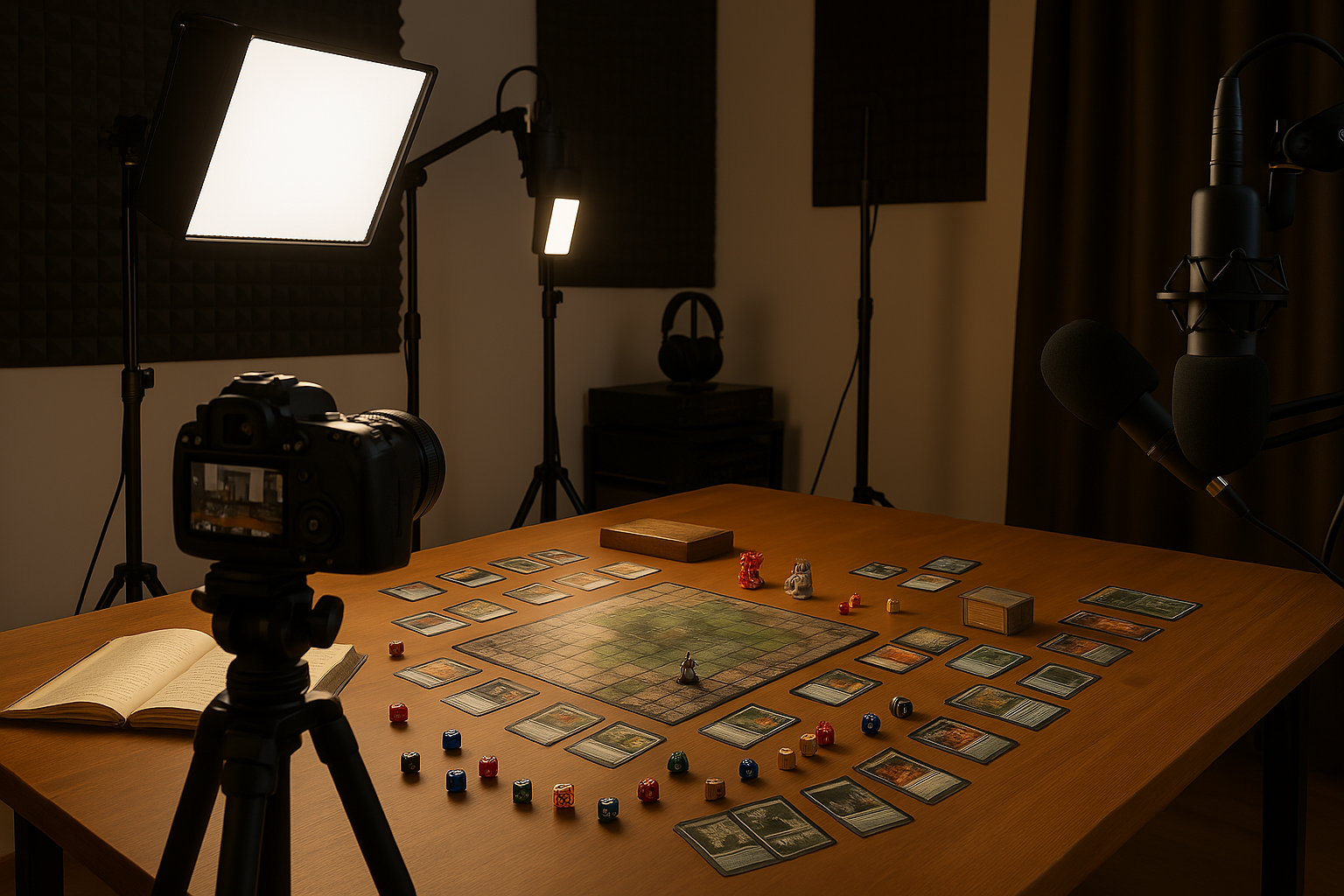Whether you’re launching a crowdfunding campaign or just trying to get your game out there, content is key to getting noticed and connecting with your audience.
Here’s a breakdown of the different types of content you’ll encounter in the gaming world.
Teasers: Quick Hits of Excitement
Teasers are short-form content designed to grab attention without going too deep into the details. They’re perfect for creating buzz.
Think social media reels or quick snapshots that showcase a game without providing much context. It’s all about getting people curious and excited.
Unboxing: The First Look
Unboxing content is about the initial experience. It’s a straightforward, often visual look at a game’s components and how the box is presented.
This type of content is usually video-based but can also appear in blogs with pictures. Some unboxings include brief commentary but the main focus is on showing off the contents.
In-Depth Reviews: Deep Dives into Gameplay
Reviews are where the real opinions come in. These pieces give an in-depth look at a game’s mechanics, quality and fun factor.
A review will usually tell you whether the game is worth buying, who it’s for and the overall experience. These are typically longer and more detailed than other types of content.
How to Play: Making the Rules Clear
How-to-play videos are essential for newcomers who want a simple, visual breakdown of the game rules. These videos usually feature a step-by-step guide on how to play, making it easier to dive into the game without reading through a rulebook. I personally prefer learning from a video and I bet a lot of gamers do too.
Round-Ups: A Broader View
Round-ups are a fantastic way to get exposure without focusing on just one game. These could be “Top 5 Games for Strategy Lovers” or a list of games currently crowdfunding.
They can also compare games like “If you like Ticket to Ride, check out these 5 alternatives.” Round-ups help games get visibility by placing them in a broader context.
Playthroughs: Seeing the Game in Action
A playthrough video is a long-form content piece where a creator plays through the game, often with commentary on the mechanics and strategy.
This type of content gives you a clear view of how the game is played and you’ll likely see real gameplay moments and tactical choices.
Preview Content: The Early Sneak Peek
Preview content is often associated with the launch phase of a game, especially for crowdfunding projects. This content highlights the game’s mechanics and gives a sense of who the game is for without diving into deep opinions or a formal rating.
Previews are meant to generate excitement and interest early on, often before the game is released.
Paid vs. Unpaid Content: What’s the Difference?
Paid content often happens with previews or how-to-play videos. Smaller channels might create previews for free to grow their audience while larger ones will charge a fee.
It’s important to understand that even if content is paid, the enthusiasm from the creator still matters. They’ll show their true feelings about the game whether they’re paid or not.
In contrast, most review content and round-ups are unpaid. Once your game is published, you’ll likely receive more unsolicited content but these pieces will often be unpaid unless you’re working out a specific deal.
How to Get Coverage for Your Game
Getting coverage is key to building awareness both before and after the release of your game. Before launch, reaching out to content creators helps you generate buzz. After release, expect more inbound coverage requests.
Many content creators will ask for review copies but unless you’ve paid for specific content, most post-launch coverage will be unpaid.
Expanding your search and reaching out to content creators with the right fit for your game can help you get the right kind of exposure.
The Bottom Line: It’s All About Building Relationships
Whether paid or unpaid, the key is building solid relationships with creators who resonate with your game.
A good partnership can lead to organic buzz while a paid partnership can still showcase genuine enthusiasm. Focus on creators whose audience aligns with your game and continue to foster those connections over time.


Share:
Stages Of Prototyping